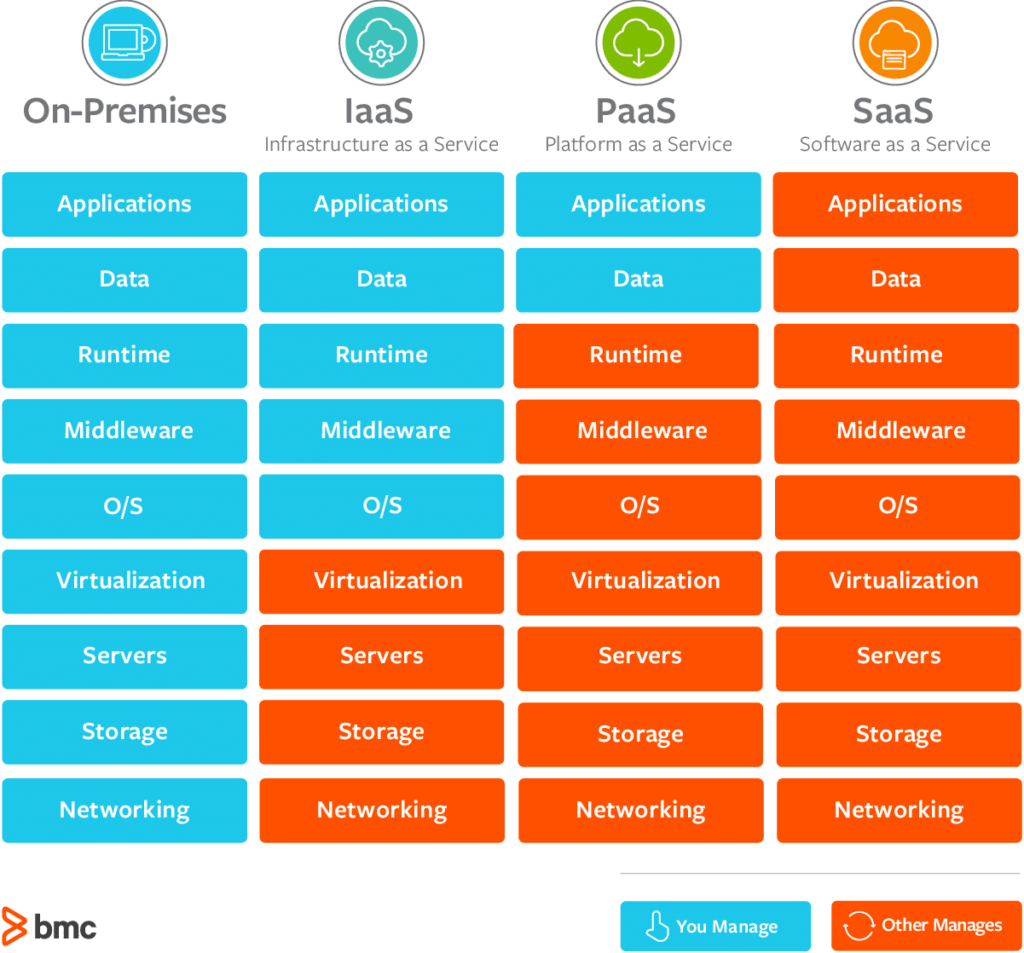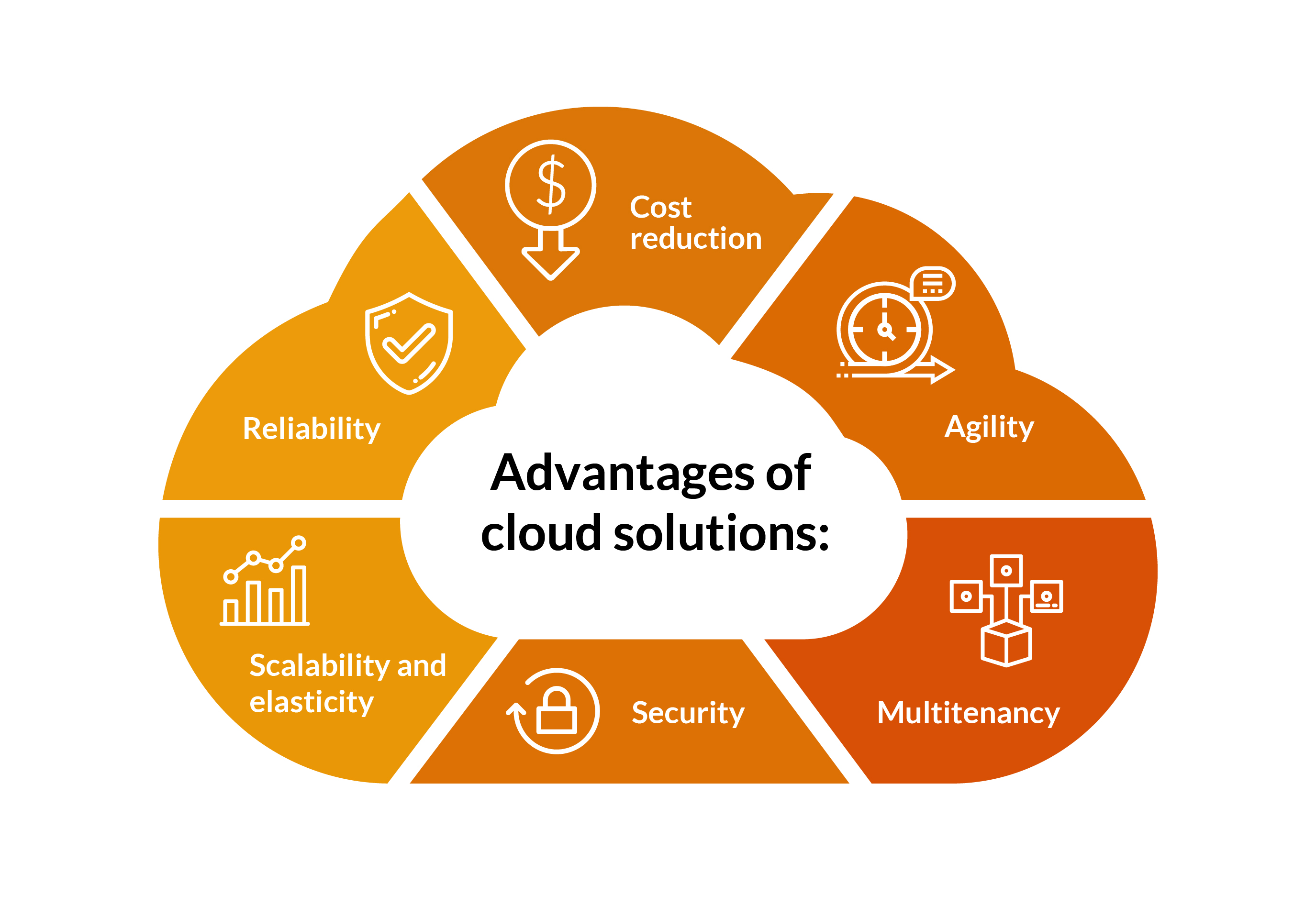LinkDaddy Cloud Services: Cutting-Edge Solutions for Your Business Requirements
LinkDaddy Cloud Services: Cutting-Edge Solutions for Your Business Requirements
Blog Article
Achieve Seamless Scalability With Cloud Provider
In the ever-evolving landscape of cloud services, accomplishing seamless scalability stands as a foundation for modern-day services looking for to stay affordable and adaptable. The ability to effortlessly broaden or acquire sources in reaction to changing needs is a critical benefit in today's busy electronic environment. By grasping the art of scalable cloud remedies, companies can not only enhance performance and simplify operations yet additionally lead the means for future growth and technology. The mission for smooth scalability with cloud services introduces a world of opportunities for those ready to embrace the transformative power of dynamic source monitoring.
Advantages of Cloud Scalability
Cloud scalability provides companies the adaptability to dynamically change resources based on demand, making certain ideal efficiency and expense effectiveness. Additionally, cloud scalability promotes advancement and testing by permitting companies to conveniently check new concepts and scale them as needed. Ultimately, the benefits of cloud scalability extend beyond expense savings to include enhanced efficiency, dexterity, and development.
Key Features for Scaling
Reliable scaling in cloud solutions relies upon vital functions that allow organizations to readjust resources dynamically based upon need. One important feature for scaling is elasticity, allowing resources to scale up or down in feedback to fluctuating work. This ensures that companies can fulfill performance demands without over-provisioning sources. An additional crucial attribute is scalability, allowing systems to manage increased workload by including resources effortlessly. This feature is critical for fitting growth without compromising efficiency. In addition, automation plays an essential role in scaling by automating the provisioning and de-provisioning of resources based upon predefined policies. Automation decreases human intervention, boosts efficiency, and makes certain quick reaction to altering needs. Tracking and analytics tools are likewise important for scaling, supplying understandings into resource application, efficiency metrics, and possible bottlenecks. These tools enable organizations to maximize and make enlightened decisions source appropriation for efficient scaling. On the whole, these vital features collectively encourage companies to achieve smooth scalability in cloud services.
Applying Auto-Scaling Strategies
To effectively maximize source allotment and adjust to differing workloads, companies have to strategically carry out auto-scaling methods in their cloud solutions infrastructure. Auto-scaling permits systems to immediately adjust the number of calculate resources based upon real-time need. There are various auto-scaling methods that organizations can employ, such as anticipating scaling, which utilizes historic data to anticipate future source requirements, and reactive scaling, which responds to present workload adjustments.

Best Practices for Scalability
For companies intending to boost their scalability in cloud solutions, implementing ideal techniques is critical for optimum efficiency and resource management. One secret best technique is developing applications with a microservices design. This technique breaks down applications into smaller sized, independent solutions that can be released, updated, and scaled individually, permitting for higher flexibility and scalability.
An additional vital method is utilizing containerization innovation, such as Docker or Kubernetes. Containers allow the product packaging of applications and their reliances into separated units, making it less complicated to scale elements independently and deploy them visit the site constantly throughout various atmospheres.
Additionally, executing automated implementation and facilities as code (IaC) can improve scalability initiatives (linkdaddy cloud services). Automation devices like Terraform or Ansible aid in provisioning and handling resources successfully, decreasing hand-operated mistakes and enabling quick scalability
Additionally, monitoring efficiency metrics, establishing alerts, and performing normal capability planning are crucial methods to ensure aggressive scalability monitoring. By adhering to these best methods, organizations can attain smooth scalability in their cloud services while enhancing performance and resource use.
Tracking Efficiency Metrics
When evaluating the performance of cloud solutions scalability, closely keeping an eye on efficiency metrics is imperative for making certain optimum performance and source appropriation. By continuously tracking essential efficiency indicators (KPIs) such as feedback times, latency, source, and throughput use, organizations can obtain important insights right into the health and efficiency of their cloud infrastructure. Monitoring performance metrics enables for the early detection of prospective bottlenecks or issues that can impact scalability, enabling aggressive steps to be taken to resolve them before they rise.

Final Thought
To conclude, achieving smooth scalability with cloud services is necessary for organizations to enhance performance, improve advancement, and keep high efficiency degrees during peak times. By leveraging the benefits of cloud scalability, implementing auto-scaling strategies, using essential functions such as flexibility and automation, and following best practices like application layout and performance tracking, companies can effectively scale their systems while taking full advantage of source usage and performance.
The quest for seamless scalability with cloud solutions reveals a world of opportunities for those prepared to welcome the transformative power of dynamic source management.
Cloud scalability uses organizations the versatility to dynamically change sources based on demand, guaranteeing ideal efficiency and cost effectiveness. One more key feature is scalability, enabling systems to handle enhanced work by adding sources perfectly.For organizations intending to boost their scalability in cloud services, implementing ideal practices is important for optimum performance and resource management.When evaluating the efficiency of cloud services scalability, closely keeping an eye on efficiency metrics is vital for making certain optimum capability and source allocation.
Report this page